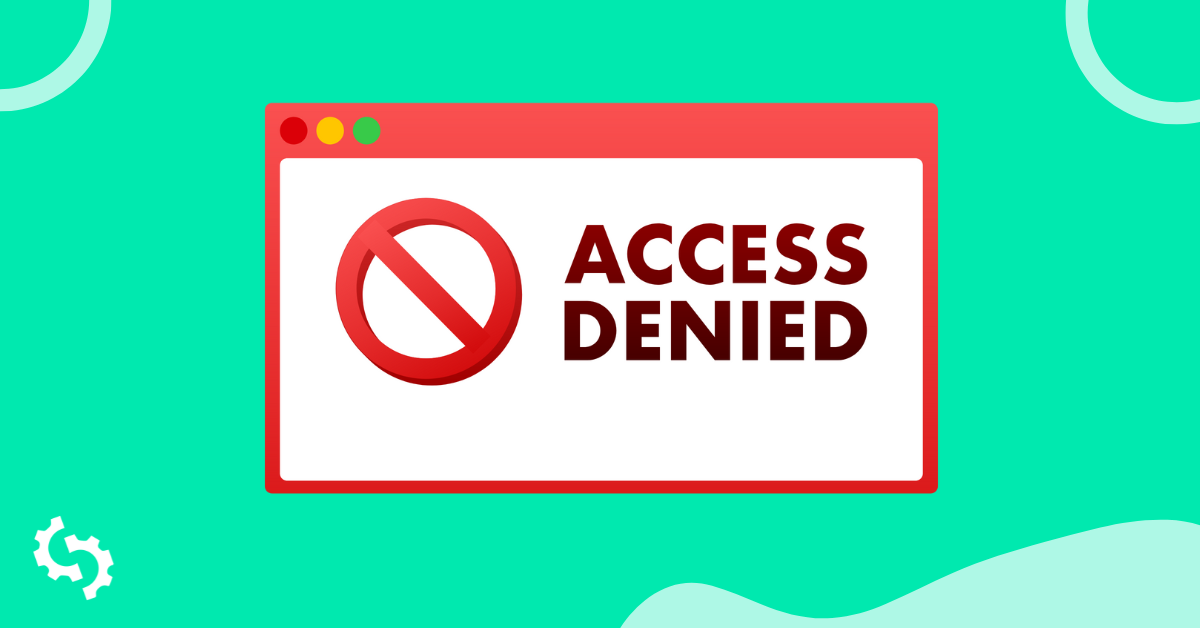
Let's say you're a researcher who recently published a fantastic laboratory case study about a new technology.
Fellow researchers found your work so outstanding to deserve a citation in their own articles.
But, you soon realize these citations come from small journals, and not the big, established ones you were hoping for.
How much benefit are you ever going to get from appearing only in minor journals?
Getting citations in a smaller journal might not hold the same power as getting ones in a big, established publication.
But it's still a citation. If it comes from a good journal, good job on earning it!
In the realm of the web, subdomain sites are like small journals, whereas domains are the big ones.
A website built on a domain name (e.g. mybusiness.com) retains all the metrics and authority to itself, de facto being independent.

A subdomain site (e.g. blog.mybusiness.com), on the other hand, will always keep some dependency to the domain it's attached to.

In many ways, subdomains are "smaller" than domains.
But being smaller—with less owned web metrics compared to a domain—doesn't mean they're bad!
You know you're bound to earn backlinks from subdomains when you put some content out there.
So with this post, I want to help you to defeat all your fears about subdomain backlinks, such as:
- Are subdomain backlinks good for my content's reputation?
- Does Google see them as valid?
- Do subdomains carry less SEO value than domain backlinks?
These are the questions I keep reading on almost all webmaster and SEO forums I frequent.
If they're yours, too, you'll find answers in this post!
I want to show you why subdomain backlinks are just as worthy to stay in your backlink profile as domain backlinks, so that's the first thing you're going to read below.
But that's not enough—there are some types of backlinks from subdomains that aren't good at all, namely backlinks from low quality PBNs.
Finally, I'll tell you how to get a bunch of good backlinks from some really cool, authoritative blogs that are hosted on subdomains.
Let's talk about all the whys first.
Subdomain Backlinks Are Valid. Here's Why...
1. Google Uses Them (Duh)
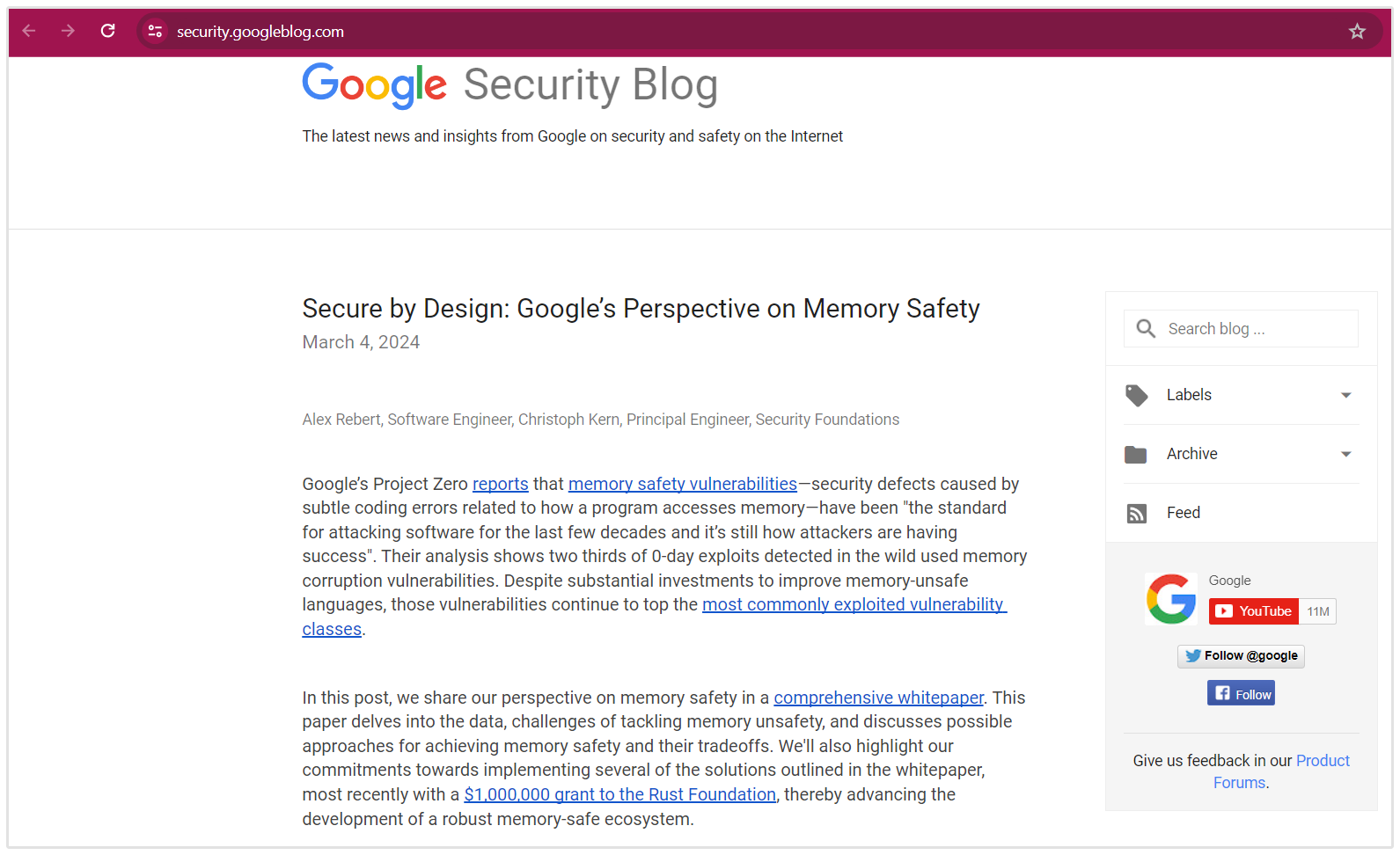
Google uses subdomains and interlinks them. Yup! Think about their Blogspot sites and other subdomains they own.
For example, Google's Security Blog is hosted at https://security.googleblog.com, and its posts happily link back to other subdomain blogs by Google, like https://blog.chromium.org and https://developers.google.com.
Is Google ever obsessing about it?
Doesn't look like it, and it's Google itself to show you how backlinks from subdomains can carry just as much authority as those from domains.
In other words, if Google uses subdomain backlinks, you can use them too!
2. They're Separate Sites, Unlike Subfolders
Just like sites hosted on domains, subdomains are separate sites.
When you get a backlink from a subdomain, you're essentially being linked from a website that stands on its own feet, whose content could just as well be served on a domain.
A standalone site, with a life of its own, a subdomain page is not a subsection of another site.
(That's the case with subfolder sites, which search engines and users tend to perceive as part of the same site.)
All it doesn't have is a second level domain URL.
3. They Carry More SEO Value If They Don't Belong to a Domain Already Linking to You
Let's say "examplebusiness.com" has a news blog on its homepage and it's already linking to you.
But then you also get a backlink from "blog.examplebusiness.com," because the content marketing team that runs the blog for "ExampleBusiness" thinks your content is fantastic.
What happens here?
Well, you simply get the same domain signal twice, although the backlinks come from separate sites.
In other words, it's possible that the very same authority is linking to you twice.
However, if you only get a backlink from "blog.examplebusiness.com," that backlink will be more meaningful because it comes from the same domain (one authority).
4. If They Come from Good Sites, They're Good Backlinks
.png)
A good backlink is a good backlink regardless of whether it comes from a subdomain, a subfolder or a domain.
Is it good and the content wows you? Then you ought to rejoice. Seriously.
It doesn't matter if a really great website is hosted on a subdomain—this is a great website nevertheless, and it carries good link juice to your site.
Many authoritative websites—including Google—have more subdomains for each category or topic they cover.
Look at Hearpreneur by CEO Blog Nation, hear.ceoblognation.com.
It's a separate and standalone website, but it's one that's been working hard on building authority, and it's great! I recently got a subdomain backlink from this blog for CEOs, and I'm keeping it in the treasure box.
So if the backlink comes from an authoritative site, it has authority.
As you can see so far, there's nothing wrong with subdomain backlinks—they're good for your content's reputation.
But let's see now about one particular negative case.
Caution: The PBN Case

PBN is an acronym for Private Blog Network.
It's generally used to indicate groups of websites run by the same webmaster for the scope of interlinking, on the basis of a complex link scheme.
To keep it short, a PBN is set up to benefit one or more money sites (real websites that bring in money). The PBN brings the money sites backlinks from smaller niche sites—sites created with the sole purpose of linking back to the money sites.
PBNs are a black hat link building method that's risky to implement nowadays, due to Google going after PBNs specifically a few years ago and penalizing lots of them.
However, the technique is still around. While some of the niche sites are actually pretty good sites (the webmaster might have invested well in those sites, after all), others are junk pits, filled with low-quality content and rehashed tips that benefit nobody.
Getting a backlink from one of these sites is really not the best news of the day for your blog.
But how can you recognize bad PBN backlinks compared to good subdomain backlinks?
Possible PBN subdomains will have:
- A low number of posts or content pieces
- Those few posts will be of low quality
- They might be linking back quite obsessively to one or more money sites
- There's no way for the reader to leave feedback (forms, emails, etc.)
If your backlinks come from this kind of link scheme site, you'll want to disavow them as soon as possible.
Some Networks Are Natural and Legit—Don't Fear Them

Say you've been linked from the SEOptimer main site in the homepage section (seoptimer.com) and then again as a resource in a blog post on this blog (seoptimer.com/blog).
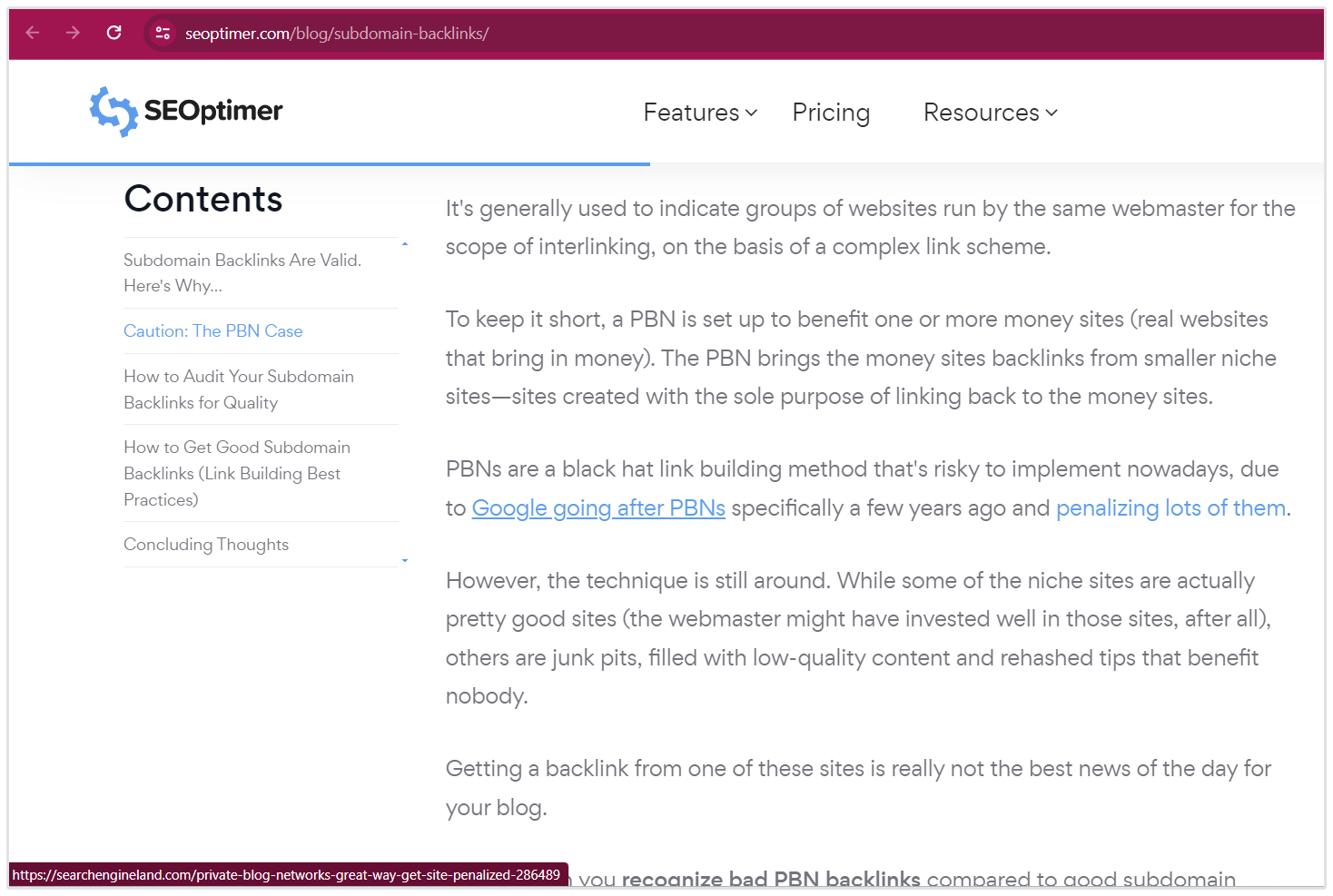
Is that a link scheme?
Nope. These are legit backlinks from two websites that were naturally created on the same domain, one to complement the other, but still separate authoritative sites in their niche.
Some networks happen naturally when webmasters create multiple channels around their ideas, so don't fear backlinks from a subdomain that belongs to the same domain that's already linking to you.
You might get a domain signal twice, but there's no penalty involved. For a subdomain to have the same webmaster as the main domain with some interlinking doesn't make it a PBN cheat.
That's simply how the web works.
How to Audit Your Subdomain Backlinks for Quality
When you find out you have subdomain backlinks in your backlink profile, you want to make sure these backlinks meet certain criteria, and that you know which backlinks are low quality so that you can disavow them.
In addition to the words of caution in the previous sections, here are some quality criteria you may want to keep handy as you audit your subdomain backlinks:
1. In-content Relevancy
Is the backlink on the subdomain page relevant to the content of the page itself?
If you feel that link belongs to that content piece, then it's a good backlink and a relevant citation that'll benefit your website.
However, if the backlink is contained within a comment you didn't place, be careful—that could be a sign of negative SEO!
Or if it's been slapped somewhere on the page without context, it might be an injected link via cross-site scripting. Either way, you may have to contact the webmaster to get this removed. If that doesn't work, you might have to disavow the URL entirely.
Be careful not to disavow a subdomain backlink just because the content of the page is unrelated to your website. Sometimes linking makes sense even when the site is in a different niche.
For example, a blogger might link to a recipe site from their content marketing blog to make a point with an anecdote.
2. Natural Anchor Text

Is the anchor text for this backlink a natural phrase?
Does it make sense within the content, or does it look over-optimized or spammy?
It's great when you get some keywords in the anchor text—even better if the anchor contains the title of your page!
But if your content gets linked with something that makes no sense in natural English, like "cheap hotels boston," you might want to audit the entire page to ensure this isn't the product of negative SEO.
If you suspect anything questionable, the safest option is to disavow the backlink.
However, you should try to contact the webmaster first and ask them to change the anchor text to something more natural-looking.
3. Page Authority
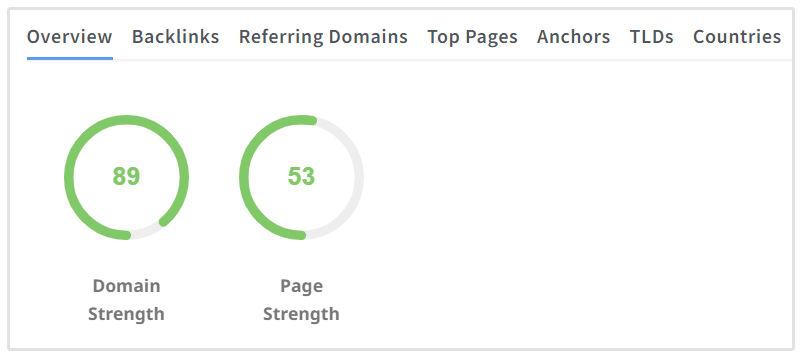
While you can't use Domain Strength on subdomains, you can definitely measure the Page Strength of a subdomain.
While Page Strength is a third-party metric and not relevant to Google's SERPs, it can help you assess the quality of a backlink by analyzing how much effort the webmaster has put into their website so far.
You can use SEOptimer to view the subdomain backlink's Page Strength as well as anchor text and other important metrics. See point #4 below.
P.S. You might still want to check the overall health score of the main domain the subdomain is attached to.
4. Analysis with SEOptimer
SEOptimer allows you to analyze each subdomain backlink you get and audit its quality.
To do the analysis:
- Go to your SEOptimer account and click the Backlink Research tab

- Add the URL of the page you want to analyze
.png)
- Scroll down to your list of backlinks and locate subdomain backlinks
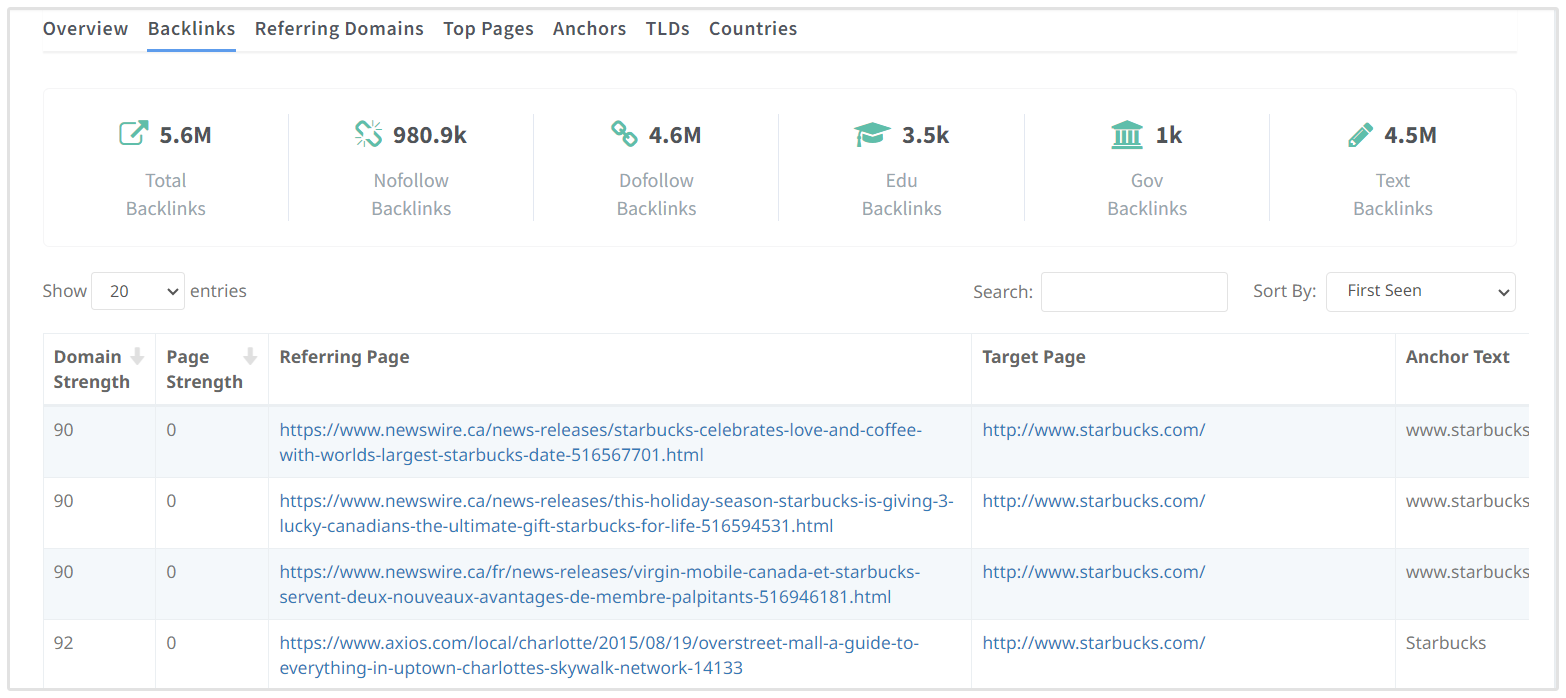
Hence the metrics you want to keep an eye out for are:
- Backlink URL and its anchor text
- Link type (followed, nofollow)
- Page Strength of the backlink
5. You Really, Really Love That Piece of Content Linking Back to You
If the page is so great and you're thrilled that you've been linked here, by all means this is a top backlink in your backlink profile, even when it comes from a new site that hasn't joined the top ranks yet.
My advice here is to get in touch with the webmaster and attempt to create a relationship that might be fruitful to both parties in the future (think collaborations and partnerships).
For example, I recently discovered that one of my articles on CoSpot's Content Marketer blog about keyword research tools has been linked as a resource by a writer at Foundr.
This is a great followed link that has earned my post six inbound visits so far!
So I went to the Foundr post, I read through it and I sent the writer an email to thank her for the mention (I don't know how you react to backlink discovery, but seeing my work cited always makes me emotional.)
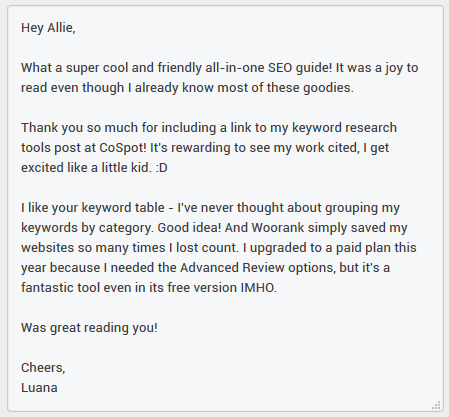
6. What Can You Say About the Backlink Profile of This Linking Page?
Look at the backlink profile of the page that links to you.
- Can you see some kind of spammy link building?
- Do you see any number of quality backlinks pointing to this page?
If the latter is true, you know this is a very good backlink.
The backlink profile of a page can tell you plenty about the link building practices the webmaster is following, and whether this is a potentially good outlet to get links from or a toxic bunch of gibberish.
If all you see in the profile is spam, it might be safe to keep the disavow option in sight.
How to Get Good Subdomain Backlinks (Link Building Best Practices)
Editorial hand-picking is key!
Google is strict about the nature of backlinks.
The search giant wants links that are earned naturally, so you may want to hand-pick websites to get links from and implement relationship-based link building practices that leave it up to the webmaster whether to link or mention you, or reward your content with a dofollow backlink.
(But many webmasters are happy to link back if they like what they see!)
In essence, every method that works for domain backlinks will work for subdomain backlinks.
In particular, these include:
1. Email Outreach
This is how you ask to get linked from awesome content pieces hosted on subdomains.
Contact webmasters and offer your content as a suggestion. If they find it editorially relevant, they might decide to include it with the post you targeted or one of their next ones (better if it's on an existing page, though).
You could use this strategy with the broken link building method: Suggest a resource of your own to replace one that no longer exists and returns a 404 error.
2. Guest Post on Subdomain Blogs
Even HubSpot's blog is hosted on a subdomain.
Guess what? They accept contributor posts, and are an authority blog in their niche.
You can find a lot of good opportunities for coverage on subdomain blogs. Just run a simple Google search for:
https://blog.* "write for us"
Surprise surprise:
.png)
Get that idea in good shape, get it ready, pitch it!
3. Interviews and Roundups
Get featured!
You can use platforms like HARO, MyBlogU and SourceBottle, or you can look for bloggers that publish expert roundups and interviews.
Simply send an outreach email to selected bloggers and offer yourself up for one of their next interviews or roundups.
Handle this with kindness, however: Simply let them know about your availability, don't write an outright pitch. That's a sure-fire way to send your email to their trash bin.
Concluding Thoughts
Did my post help you get rid of the irrational fear of subdomain backlinks?
They are backlinks, after all.
There's no evil monster hiding behind their third level domain structure, ready to hunt your site down to eat it alive.
Subdomains are those smaller journals that still carry authority and big opportunities with every citation... or backlink, indeed.
So go get some good ones for yourself!



